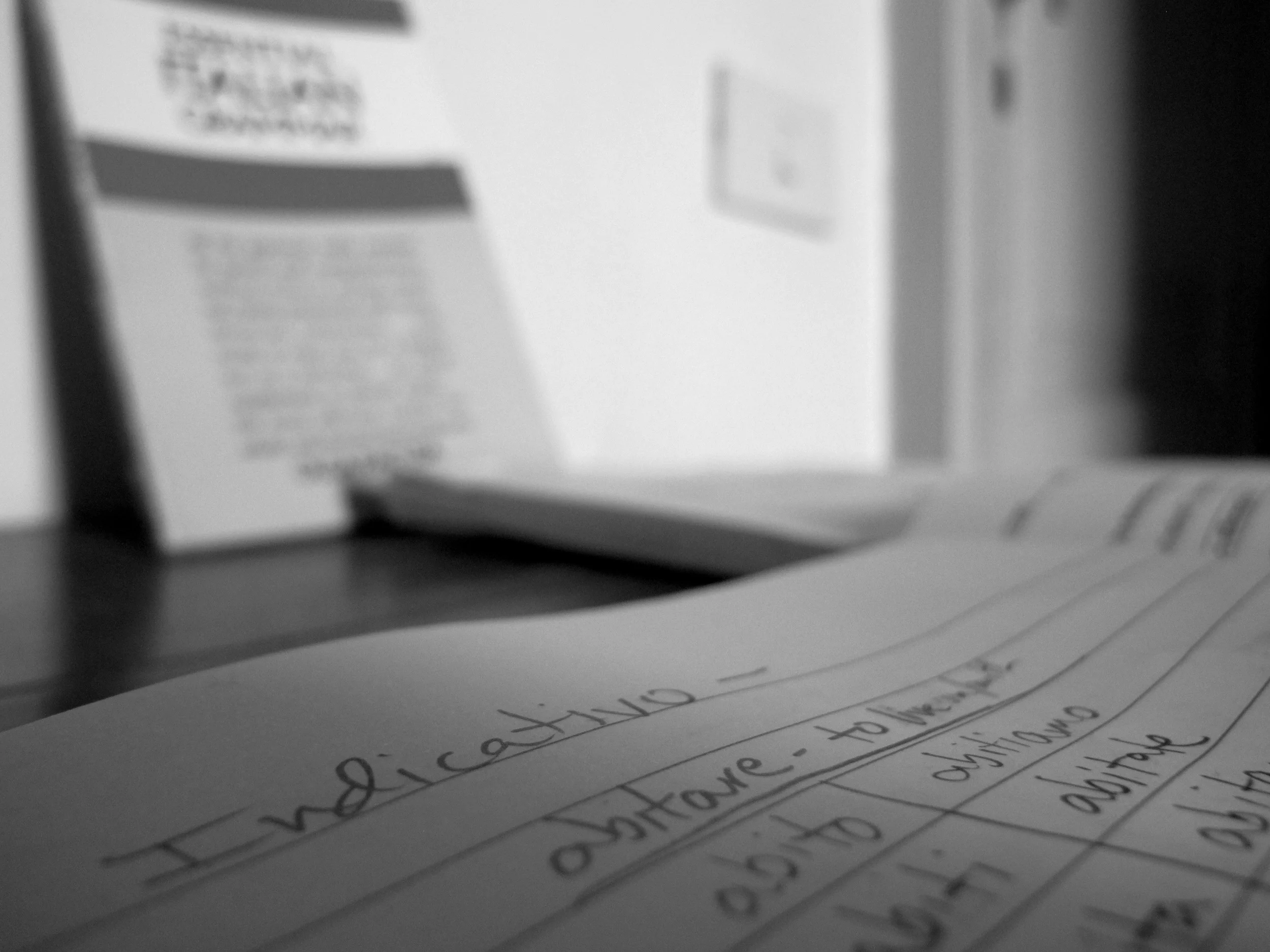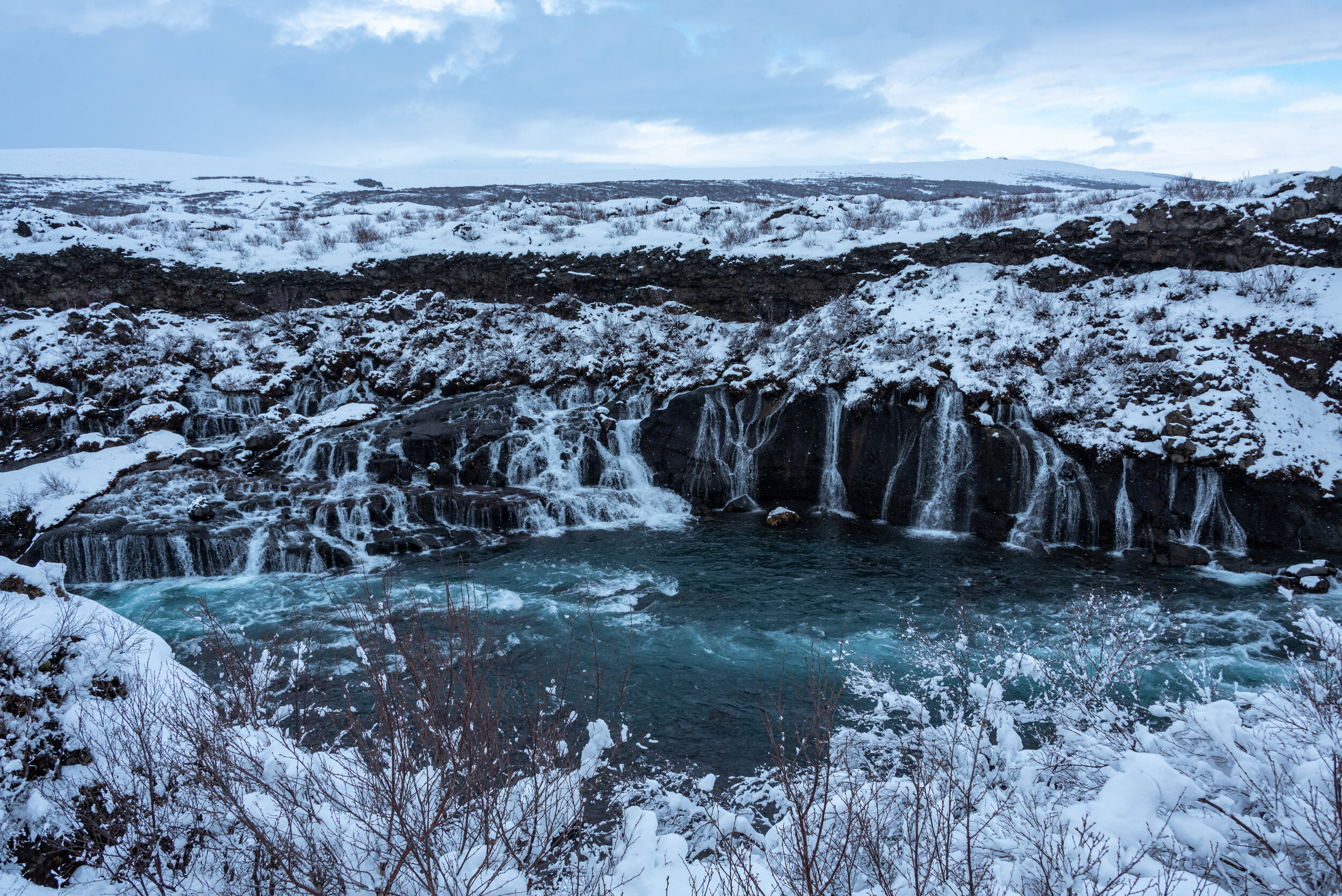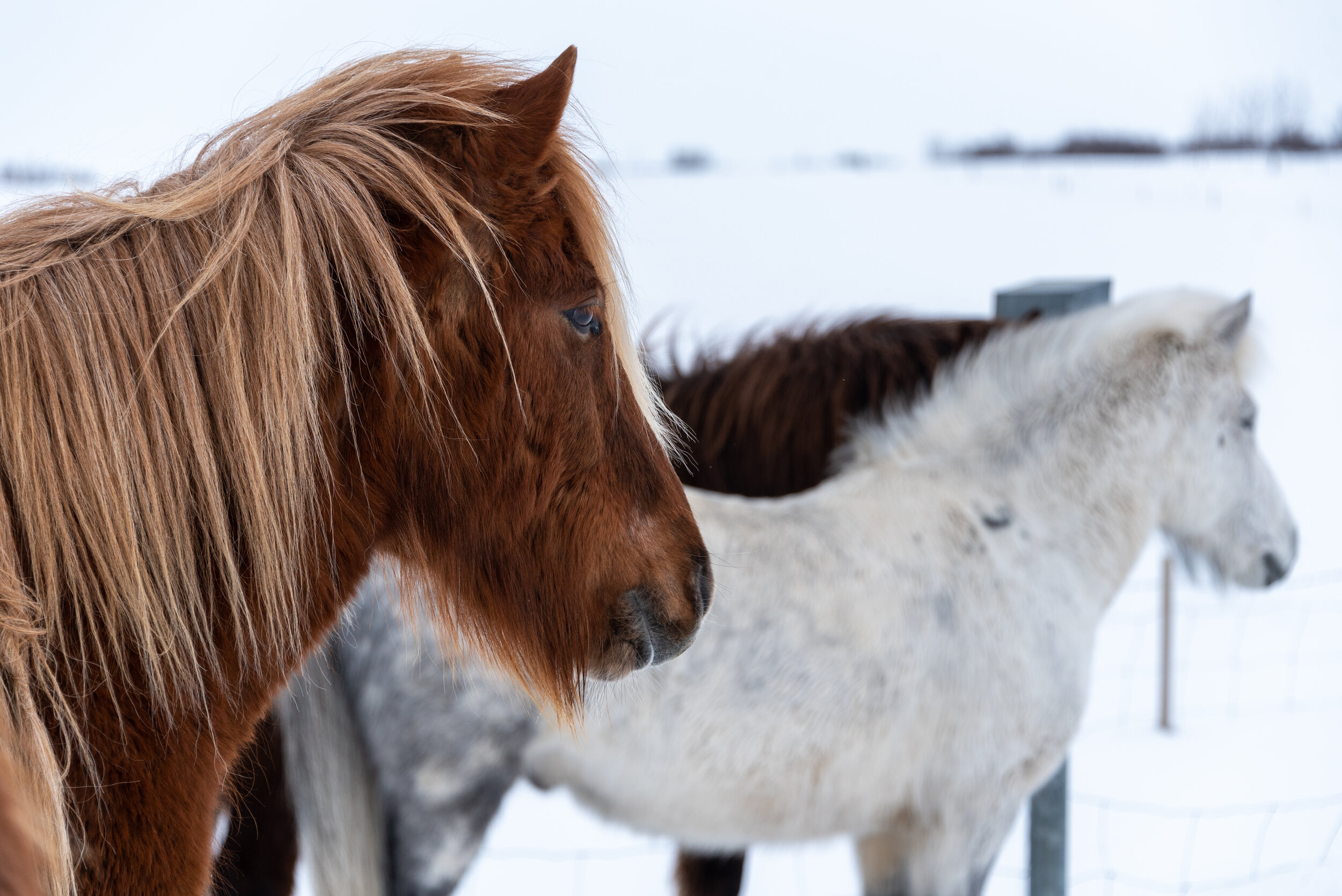Some days are so much more.
Facing a fork in the road, our options were to go left on what appeared to be the main highway, through a tunnel and straight into the mountain range, or go right, down a hill on what looked like a semi-maintained road that may or may not wind the long way around the peaks standing in front of us. With not many miles to make on the day’s agenda, we decided there wasn’t much to lose by taking the long way around, and perhaps we’d stumble upon something worthwhile.
Turns out, understatement needs a superlative.
Immediately, we were pleased with the decision, as the gravel road wound precariously along the water’s edge and directly beneath the steep slopes above. The perspectives of the underside of dangling rocks and cliff faces shining in the morning sun was enough to warrant more than a few calls to keep my eyes on the road. The dirt tracks came to an end at a small corner store / guesthouse, where we found out we’d happened upon Vestrahorn, a place we’d read about but couldn’t quite pinpoint on the map. Paying our fee and making our way out into the bay, we parked the car in front of miniature, rolling black sand dunes. Almost immediately, the clouds began to part as if we’d unlocked some secret new level in our Cruisin’ Iceland video game. What lay behind was a set of almost symmetrical, snow capped peaks, running down onto the flat beach, made mirror-like by the falling tide. With pools scattered about on the beach by the recent rains, peaking over each black and yellow dune left us with glimpses of the peaks reflecting at our feet. Aside from being yet another photographer’s playground, it was all just…fun. Soft black sands, gentle tides, frozen pianos on the beach, reflections galore, sea shells, and surprising serenity as just behind the protection of the jetty, the violent ocean crashed against the boulder-filled coastline, while in front of us the water crept up as calm as a lakeshore. Add to that a green-screen backdrop up and down the coast, and a morning stop turned into an afternoon picnic before we knew it.
Back on the road, we weaved our way in and out of the eastern fjords, hugging the coastline and doing our best to avoid the potential avalanches from the steep and precarious ridges above, and the potential drop from the cliffs we were skating along above the waves below. The weather was perfect, with the sun shining deep into the impossibly steep valleys carved like fingers by the ocean waters. The snow glowed and windows reflected from miles off. Every 30 minutes or so, we’d happen upon a small village at the edge of a fjord, maybe a couple dozen houses, seemingly cut off from everything else, nothing but snow (and perhaps some horses) between them, the sea, and the mountain peaks. When it comes to social distancing, Iceland takes the cake.
There was no avoiding the next tunnel we came across, a multi-mile, exceptionally unsettling, hole through the middle of the mountains, with narrow turnouts for oncoming traffic and no escape routes in sight. We were relived to finally exit, though the coast was long gone by this time, as we must have journeyed to the center of the earth. Into the mountains we went, over passes and along roads with many feet of snow piled on either side. The surrounding summits, with the afternoon sun setting on smooth, pristine snow, unencumbered by trees or rocks of any sort, looked peculiarly similar to the sand dunes of Sossusvlei in Nambia, trading deep oranges for bluish purple hues. Descending from the pass, we made haste for Seydisfjordur, a town at the base of a fjord and bottom of a mountain pass, made famous by Ben Stiller’s longboarding escapades as Walter Mitty. Unfortunately, the weather finally got the best of us, this time in the form of wind, as the road became completely invisible from the blowing snow, and the car seemed no match for what felt like a hurricane outside. In attempting to reach the little town, we happened upon quite a viewpoint, with expansive views of the mountains we’d just come from and what lay ahead in the following days. Taking note, we waited for the weather to clear a bit and darkness to fall before making our way back up the pass to wait. While the forecast was not promising, the Northern Lights is one of those phenomena where you just have to get lucky and be in the right place at the right time. Turns out, we weren’t exactly where we needed to be, though off in the distance we did see some faint green hues. Braving the blistering wind and cold, I set up my camera for some long exposures and captured somewhat decent photos of them, though it was not the jaw dropping experience we’d hoped to have. Alas, we’ll be back someday for more.
Over the course of the day, we were faced with an array of choices of which paths to take. At times we chose adventure, at others we chose caution. We chose to take time to stay and enjoy and also chose to get the hell out as quick as we could. We were scared, surprised, eager, nervous, vindicated, but mostly, just happy. Through it all, we braved the elements and our fears, and at times were rewarded tenfold. Other times we were let down, as well, and that’s ok. Things don’t always work out the way you write them up, and I’ve found it’s usually better that way, anyway. Retiring to our guesthouse for the night, we were bombarded by calls and texts from nearly every family member, questioning whether we were alive and well. Of course, they had no way of knowing how rewarding a day we’d just had, the slew of choices and rewards that made the day a microcosm of the entire trip. We could only tell them they need not worry; we had it handled.
The following days were spent navigating the weather and the roads, chancing detours that were often times closed or led to frozen waterfalls. The twists and turns of the road and the fjords of the north only became more and more beautiful. We bathed in silica-filled hot springs (though we passed on the Beer Hot Tub), passed endless volcanic craters, even caught a glimpse of Iceland’s famous green moss that, up until that point, had always been hidden by snow. Town after town exhibited the beautiful isolation that characterizes this country, a country that will completely change colors and feel in another month or two as the snow melts and the midnight sun returns. We ventured out to whale watching towns and cold-water surf spots, never tiring of the endless vantage points and quirkiness of the culture, with its heart-shaped stop lights and painted rock troll people welcoming us to each little town, or its witch shops and stark, black churches.
Our last hurrah, after a multi-tiered waterfall viewing enjoyed under sunshine, then blizzard, then sunshine, was a trip to Iceland’s most famous tourist attraction, the Blue Lagoon. Normally packed to the gills, the thermal pools are set between volcanic rock, its steamy teal blue waters cleanse the skin and soul, or something like that. We arrived to an empty parking lot, and enjoyed the complex almost completely by ourselves, beneath and incessant wind and rain storm that made the calm waters turn to a proper wave pool. No matter, we danced and laughed under hot waterfalls, hunkered down in a makeshift cave, and let the elements rain down on us, laughing at the thought of letting a little inclement weather get in the way of unbridled enjoyment.
There’s no raining on this parade.





































































